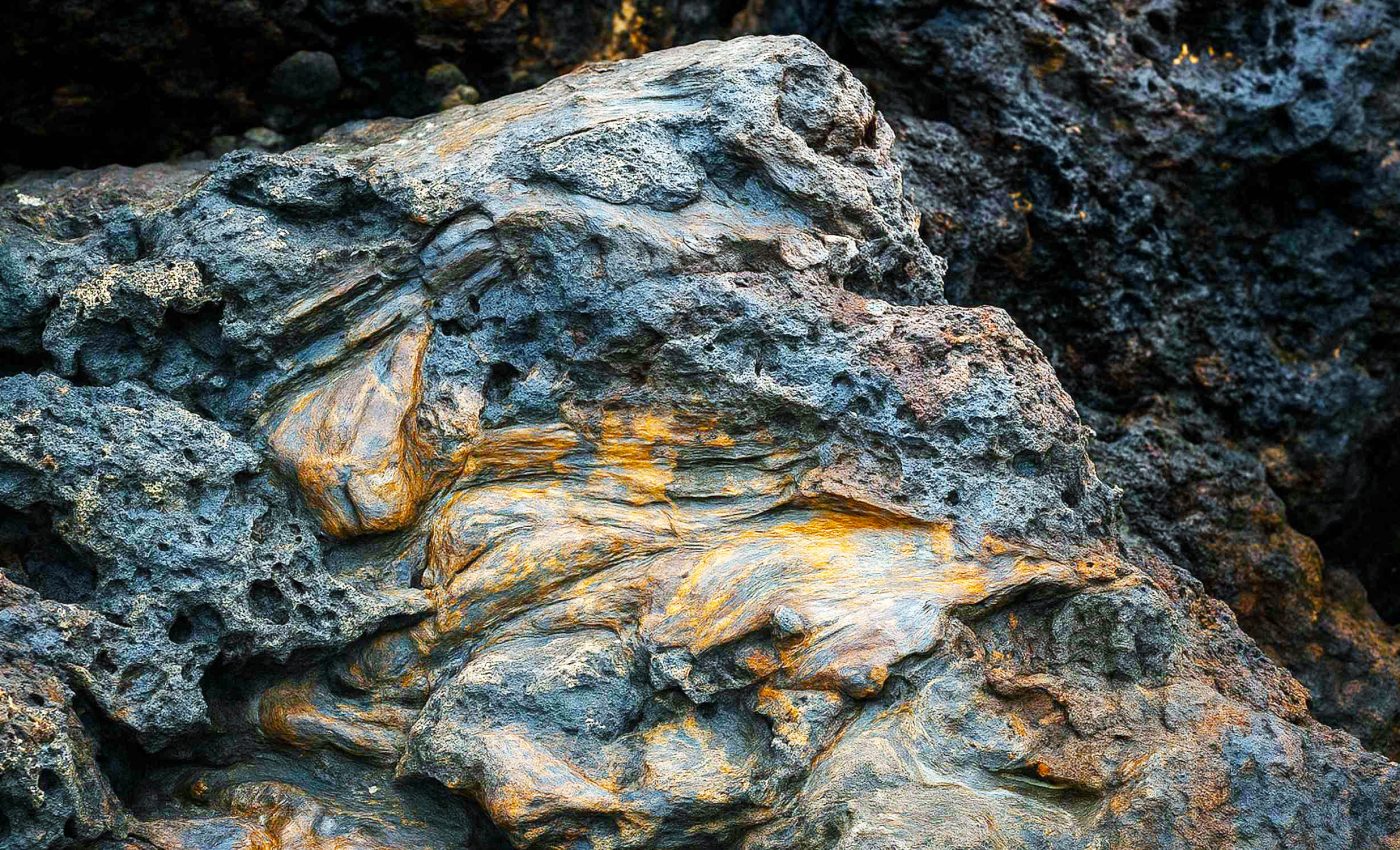
New type of Earth rock is created by human industrial waste and forms in just 40 years
A discarded can tab, locked inside a new type of rock on England’s Cumbrian coast, tells a startling story about what happens when industry and nature collide.
Geologists have confirmed that steel slag from old furnaces has fused into solid rock in only 35 years, overturning information from textbooks that marks rock formation in spans of geologic ages.
How waste becomes new rock
Dr. Amanda Owen of the University of Glasgow led the team that first spotted the glassy, blue‑gray cliffs of waste hardening along the Derwent Howe shoreline.
The process, called the “anthropoclastic rock cycle,” mimics the natural sedimentary loop but runs at high speed because the slag chemistry is already primed for cement growth.
“For a couple of hundred years, we’ve understood the rock cycle as a natural process that takes thousands to millions of years,” said Dr. Owen.
She added that seeing a man‑made pile turn to stone within a human lifetime demands a rewrite of Earth‑science curricula.
Derwent Howe once held an estimated 27 million cubic yards of waste that waves now sculpt into a rough, newly cemented platform.
Clocking the transformation into new rock
“This gives us a maximum timeframe of 35 years for this rock formation,” said Dr. John MacDonald, who is a co‑author and logged dozens of foreshore cores during the survey.
Dating the new stone came down to some serendipitous small surprises embedded in the matrix. A King George V penny, minted in 1934, and an aluminum pull‑tab style that was launched in 1989, provided clues to the age of the new rock.
Natural sandstone needs grains to be buried, compacted, and chemically glued over millions of years, yet here the glue arrives pre‑mixed in the waste.
Laboratory thin sections show rings of calcite, goethite, and brucite radiating from slag fragments. These are the same types of minerals that are found in natural sedimentary rock, but the time frame for slag rock formation is magnitudes faster.
A pattern seen worldwide
Steelmaking now tops two billion tons a year, throwing off roughly 400 million tons of slag. Britain alone hosts at least 76 miles of coastal slag deposits, and similar piles rim sites from Bilbao to Baltimore, suggests a reconnaissance of 14 British sites.
Elsewhere, beach fires have welded melted plastic to sand and basalt to create “plastiglomerate.” This was first documented on Kamilo Beach, Hawaii, in 2014.
Together, these materials widen the portfolio of what counts as rock in the proposed Anthropocene era, a period marked by technogenic strata.
New rock fits into the anthropocene
Scientists have long debated whether we’ve entered the new geologic epoch called the Anthropocene, which is defined by human activity altering Earth’s surface.
Most proposed markers include plastic deposits, concrete fragments, and fossil fuel residues layered into sediment.
This new anthropogenic stone, formed from steelmaking waste, adds to the evidence. It shows that industrial materials don’t just persist, they actively reshape coastlines and begin cycling into geology.
Why speed matters for coasts
Hardening slag converts loose shingle into a rigid apron, changing wave reflection, sediment drift, and therefore erosion rates along neighboring natural cliffs.
The sudden appearance of rock can lock toxic trace metals in place, but at the cost of creating an alkaline halo that stresses local mussels and algae.
“We don’t have as much time as we thought to find somewhere to put it where it will have minimal impact on the environment,” said Dr. David Brown, the study’s third co‑author.
Managers already juggle sea‑level‑rise forecasts, yet none of the mainstream shoreline models fold in rapid lithification of human waste.
Risks to biodiversity and local ecosystems
The newly formed slag rock alters tidal zones, replacing soft sand with hardened surfaces that disrupt spawning grounds for fish and feeding zones for coastal birds.
Some studies show that alkaline leachate from slag can increase pH in nearby pools, making survival harder for native invertebrates.
These shifts can reduce biodiversity, especially in intertidal habitats where organisms rely on specific sediment types. Without proper planning, the ecological cost of industrial rock could outpace its benefits.
Looking ahead
Because the cementation reactions absorb carbon dioxide, some engineers wonder whether curated slag reefs could double as low‑cost carbon sinks.
Still, the material can leach chromium and vanadium, which means every new deposit needs local geochemical checks before any climate‑friendly scaling.
The Glasgow team plans surveys of European slag shores, pairing drones with ground‑penetrating radar to track growth rates under different wave climates.
Meanwhile, heavy industry faces pressure to curb emissions and waste, with a report from the U.S.-based Global Energy Monitor think tank noting that planned blast furnaces could add 303 million tons of high‑carbon capacity this decade.
The study is published in Geology.
—–
Like what you read? Subscribe to our newsletter for engaging articles, exclusive content, and the latest updates.
Check us out on EarthSnap, a free app brought to you by Eric Ralls and Earth.com.
—–













